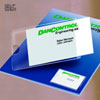This rugged 10X LED lighted loupe is sharp, bright, and clear. The adjustable focus along with the 8 white LED illumination provide a detailed image. This versatile loupe uses four A9 coin batteries.
Key Features:
- 10X magnification
- Scale in millimeters, 0.1 mm increments
- Adjustable focus
- LED lighted with aspheric internal lens system
- Superb, super sharp, crystal clear optics
- 8 white LED
- Uses 4 AG9 coin batteries (included)
- Lens cap and protective case included
Product Specifications:
Magnification: 10X
Field of View: 25mm
Focus: Adjustable
Lens: Aspheric Internal Lens System
Material: Plastic Housing
Reticles: 20mm, 0.1mm intervals (Other reticles available upon request)
Dimensions: Approximately 2.0" x 2.0" x 2.8"
Light Source: 8 White LED
Weight: Approximately 0.17 l
Batteries: 4 AG9 Coin Batteries (Included)
Manufactured Origin: China
What is included?
- 10X LED lighted loupe (batteries included)
- Protective Case
- Lens Cover
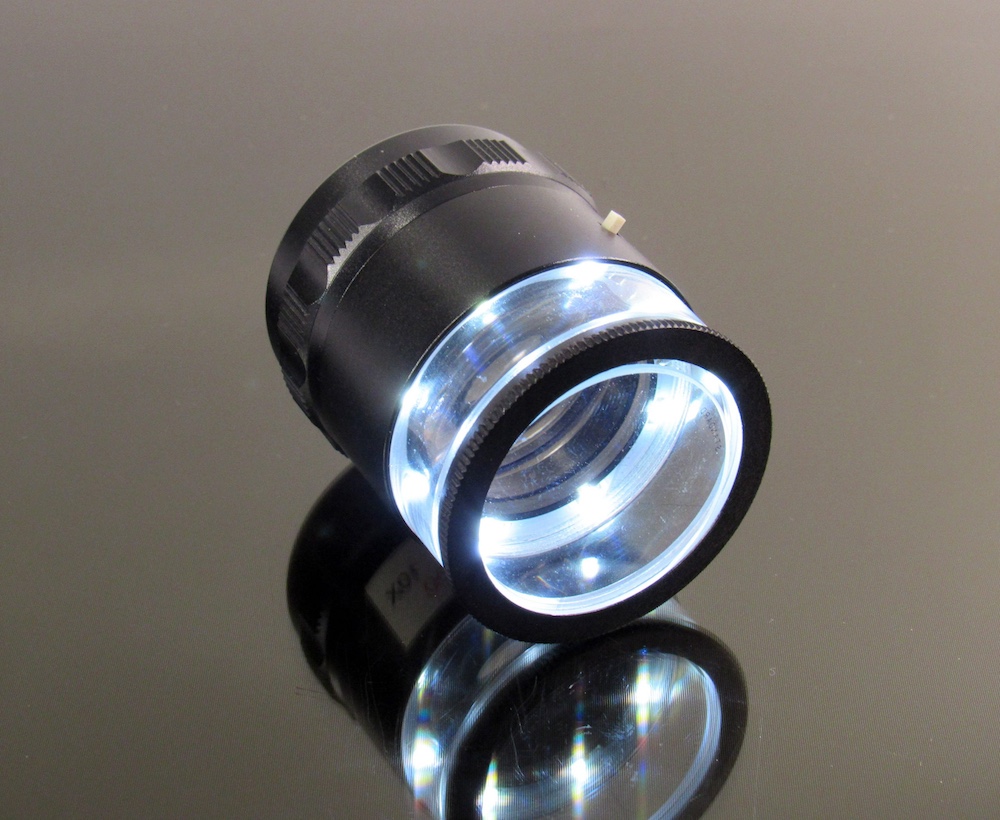
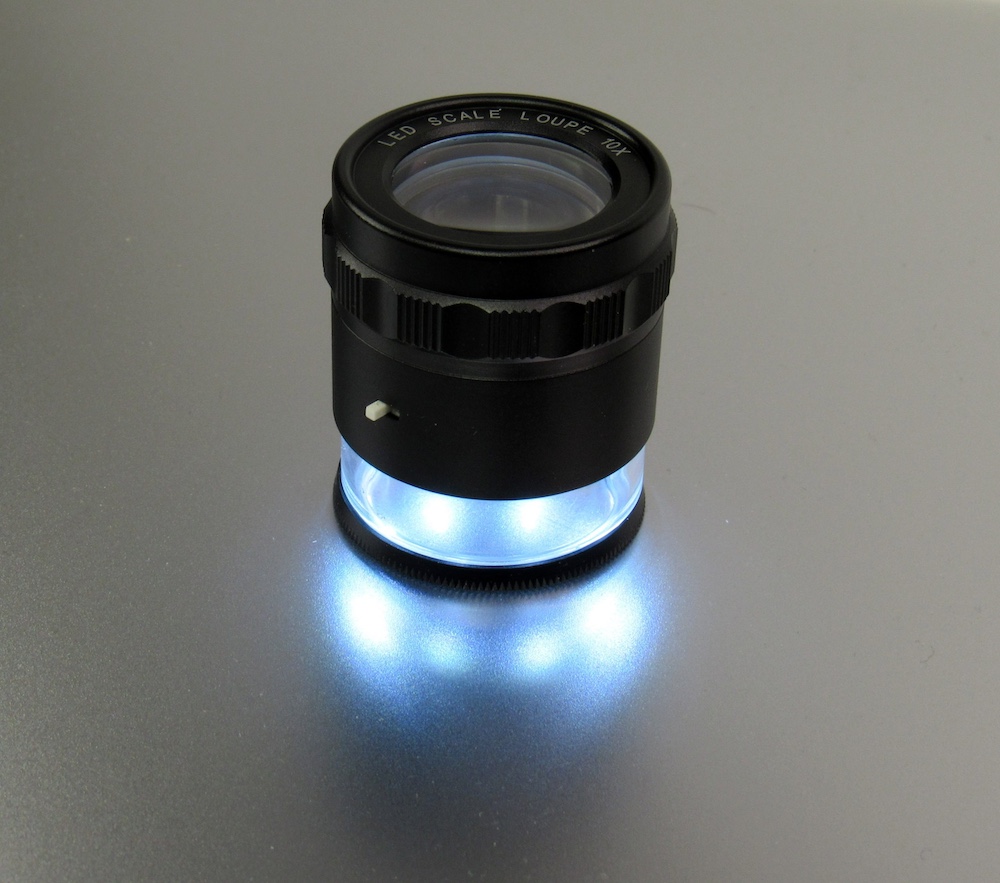



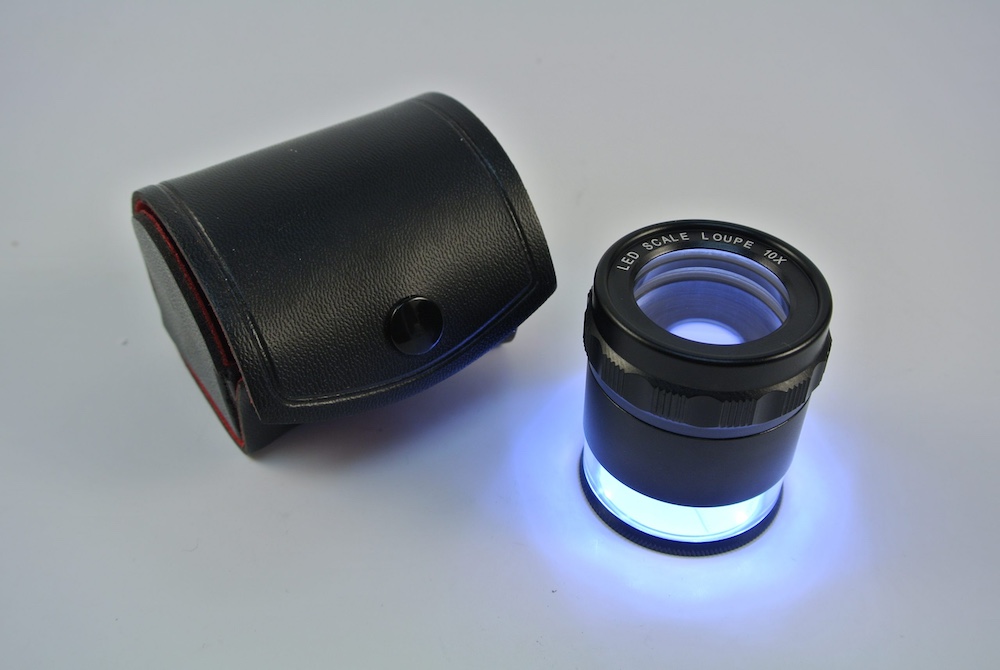


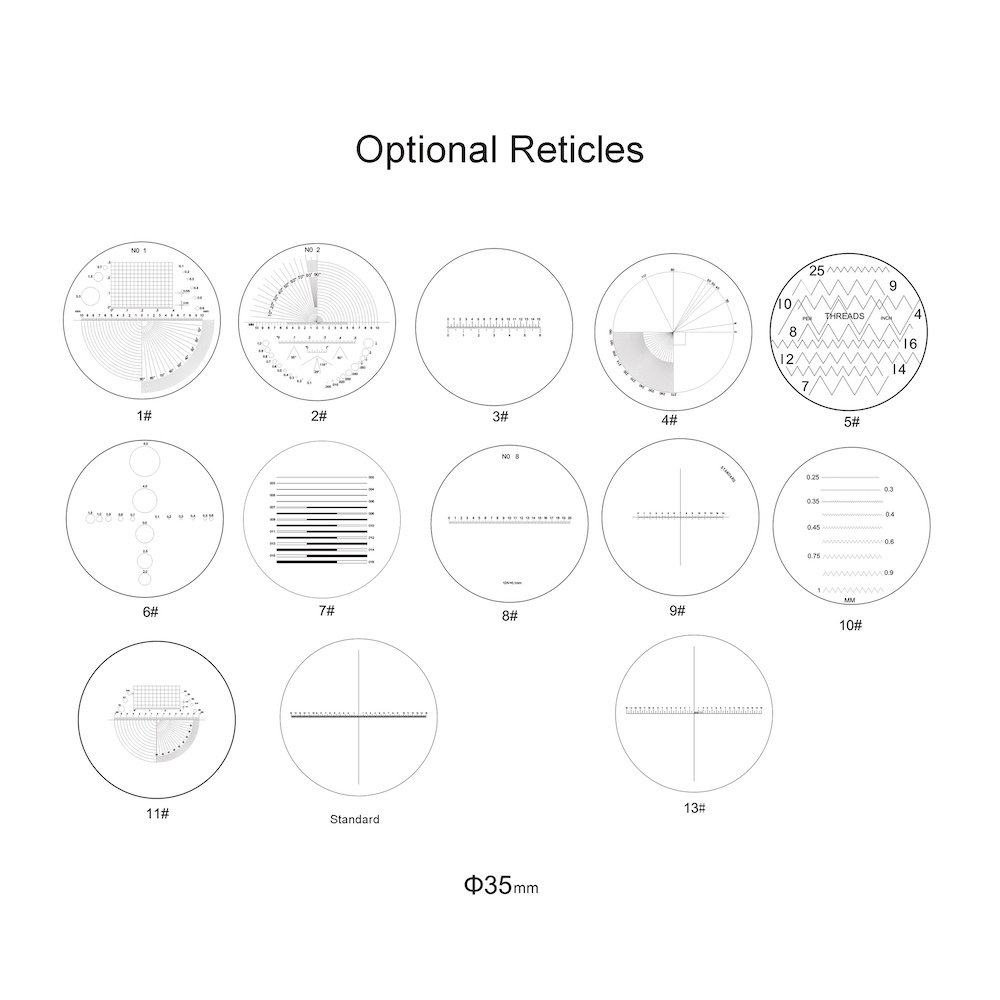

Magnifier Primer:
- Magnification Power (e.g., 2x, 5x, 10x): Magnification power refers to how much larger an object appears when viewed through the magnifier compared to its actual size. For example, a 5x magnifier will make an object look five times larger than its original size. Higher magnification values generally provide more enlargement but may have a smaller field of view and require the object to be held closer to the lens.
- Lens Diameter (e.g., 50mm, 75mm, 100mm): The lens diameter is the size of the circular magnifying glass. A larger lens diameter allows more light to pass through and provides a broader field of view. It can be more comfortable to use, especially when reading large portions of text.
- Focal Length (e.g., 100mm, 150mm): The focal length is the distance between the lens and the object being viewed when it appears in focus. A shorter focal length means you need to hold the magnifier closer to the object to achieve focus, while a longer focal length requires a greater distance.
- Type of Lens: Some magnifiers use different types of lenses, such as convex or biconvex lenses. Convex lenses bulge outward and are commonly used for magnifiers, while biconvex lenses are thicker in the middle than at the edges.
- Material of Lens: The lens material can impact the clarity and optical quality of the magnifier. Common lens materials include glass, acrylic, and polycarbonate. Glass tends to provide the highest optical quality but may be heavier than acrylic or polycarbonate.
- Handle or Stand: Some magnifiers come with a handle for handheld use, while others have a built-in stand for hands-free viewing. Choose the one that suits your intended application and comfort.
- Illumination: Many magnifiers have built-in lighting to enhance visibility, especially in low-light conditions. Common illumination types include LED lights. Some magnifiers may have adjustable brightness levels.
- Field of view: This is another important specification when interpreting magnifiers. It refers to the area or size of the object that can be seen through the magnifier without having to move it or shift your focus.
A larger field of view means you can see a broader area of the object at once without needing to move the magnifier around as much. This can be beneficial for tasks that require scanning or reading larger portions of text or viewing more significant portions of an object.
On the other hand, a smaller field of view provides higher magnification but restricts the amount of the object visible at once. This can be useful for tasks that require close inspection of small details.
When choosing a magnifier, consider the balance between magnification power and field of view. High magnification usually comes at the expense of a narrower field of view, so you'll need to find a suitable compromise based on the specific tasks you'll be performing.
Additionally, it's worth noting that the working distance (distance between the magnifier and the object being viewed) can also affect the field of view. As you increase the magnification, the working distance may decrease, which narrows the field of view.
The field of view is often mentioned in the product specifications provided by the manufacturer. It can be described in absolute measurements (e.g., inches or millimeters) or as an angle (e.g., degrees). If the product description doesn't explicitly mention the field of view, you can usually infer it based on the magnification power and lens diameter, keeping in mind that higher magnification usually means a smaller field of view.
You may separately purchase all PEAK 1983 reticles to use in this unit. Order at the same time or later.
Reticles are available in Black font or White font copy.
White or Black refers to the color of the font copy on the reticle.
Typically:
Black for light or white surfaces.
White for black or dark surfaces.
Full range of standard reticles available are shown on this page.
Magnifiers with reticles are not supplied with certification certificates.
Certification if required must be sent to a certification lab.
Buyer is responsible for the source and cost.
Note: Batteries cannot be included if shipping DHL. Batteries will be included when using any other carrier.
Unit requires 4 ea SR45 batteries (aka AG9/SG9 and LR936).
Replacing Batteries: Positive side (flat printed) side of the battery faces in.
Click to Download Replacement Battery Instructions
- Models: OPT-LSL10L-M, MIS-BATLSL, OPT-P1983RETSTD, OPT-P1983RET1, OPT-P1983RET2, OPT-P1983RET3, OPT-P1983RET4, OPT-P1983RET5, OPT-P1983RET6, OPT-P1983RET7, OPT-P1983RET8, OPT-P1983RET9, OPT-P1983RET10, OPT-P1983RET11, OPT-P1983RET12, OPT-P1983RET13, OPT-P1983RET14, OPT-P1983RETSTDW, OPT-P1983RET1W, OPT-P1983RET2W, OPT-P1983RET3W, OPT-P1983RET4W, OPT-P1983RET5W, OPT-P1983RET6W, OPT-P1983RET7W, OPT-P1983RET8W, OPT-P1983RET9W, OPT-P1983RET10W, OPT-P1983RET11W, OPT-P1983RET12W, OPT-P1983RET13W & OPT-P1983RET14W











